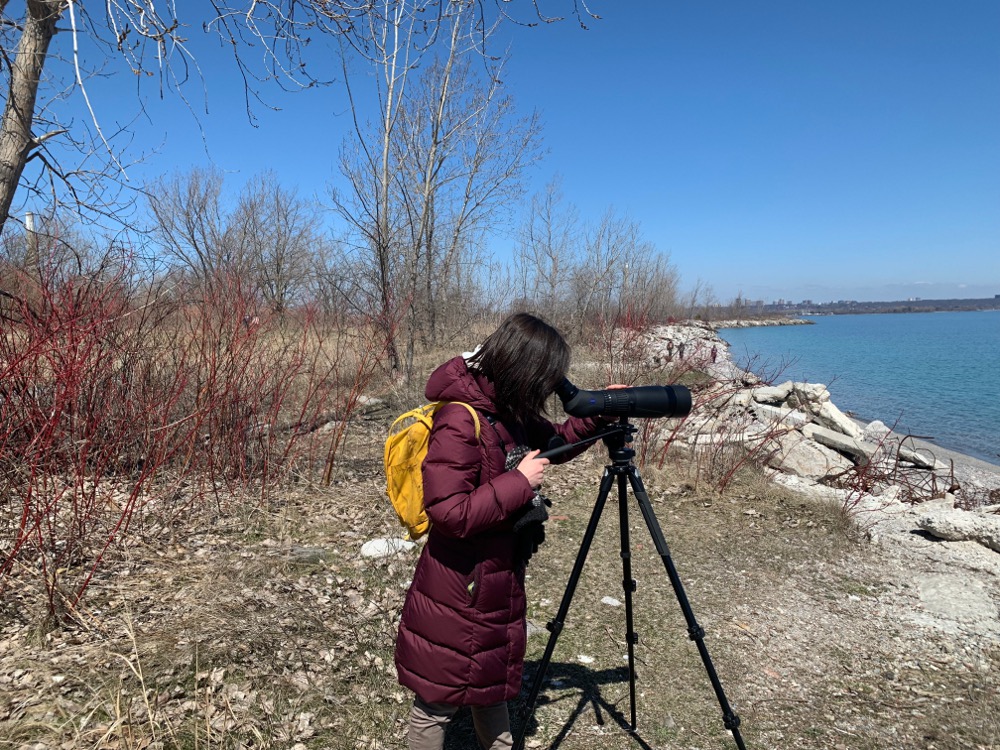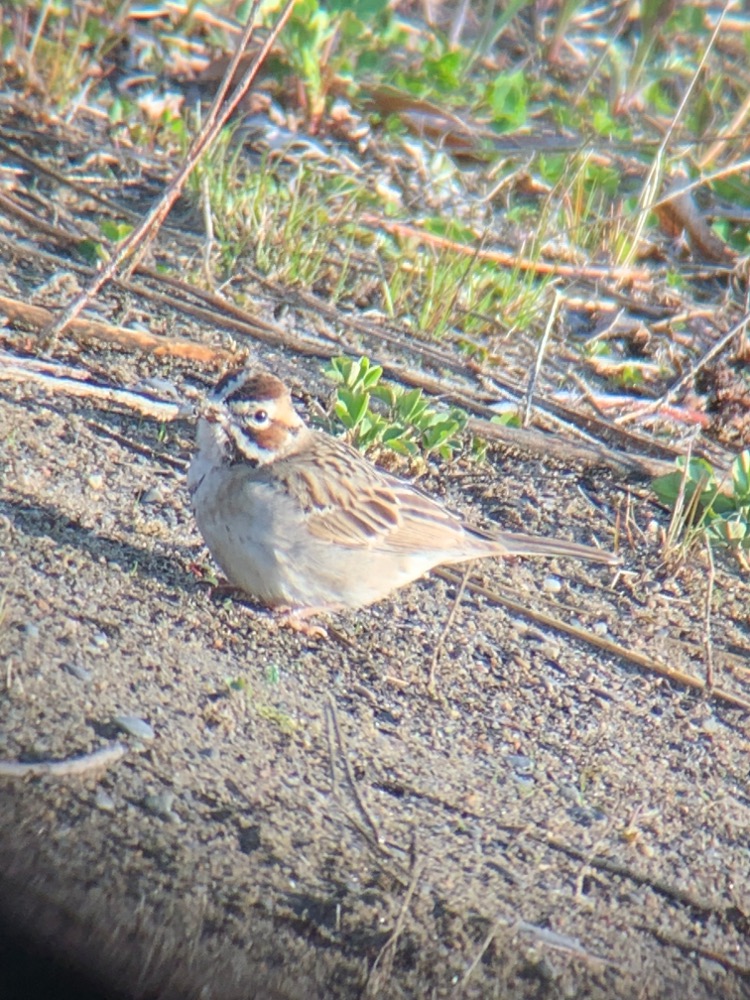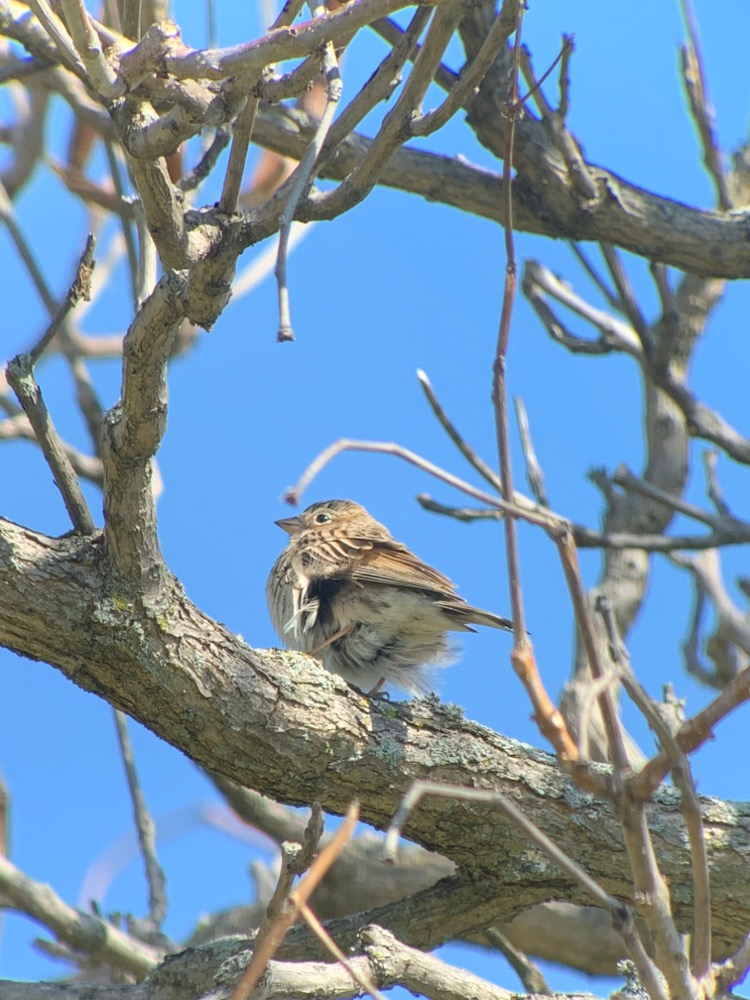I’ll admit it. I didn’t start off liking sparrows. In fact, my first ten years of birding were spent waging an (internal) war with the dreaded LBJ (little brown job). Brownish, greyish, smallish, and streaked—they all looked the same to me. I remember trying to tell them apart in Sibley’s field guide and the whole process of trying to tease apart these dozens of indistinguishable birds nearly made me quit birding. And so, I did the mature thing: I decided to ignore the sparrows altogether for a few years.

Things began to change incrementally, when I noticed the bright yellow spot between the eyes and the bill of a White-throated sparrow. So many bird names have little relationship with what a bird’s actually physique (I’m looking at you, red-bellied woodpecker!), so the fact that the White-throated sparrow really did have a gleaming white throat also helped matters. In early-mid April in Toronto, White-throated sparrows are abundant and being able to identify them with some measure of certainty gave me a confidence boost. Add to that a loud, easily recognizable song (Oh sweet Canada, Canada) and there was finally one LBJ that I could see myself bonding with.
Shortly thereafter, I developed a slight crush on a Field Sparrow, with its rusty cap, delicately etched eye-ring and unexpectedly cute, diminutive pink bill. The following season, a Chipping Sparrow claimed my heart and I started to notice that its rufous cap was more pronounced than the Field Sparrows, and its bill a little pointier; it was an all-round classier spectacle. And then I got to know the Fox Sparrow—arguably the most regal, most extravagant of them all—and I had to admit that this was the beginning of a lifelong affair with LBJs. After that, even the American Tree Sparrow, with its fetching bi-colored bill transformed into a welcome winter friend.
I seem to add a new sparrow to my repertoire every season. Getting to know them has been an exercise in learning to appreciate nuance. Yes, they’re all brownish, smallish, and streaky, but in completely different, wildly varied ways.

I’ve been admiring early spring sparrows through my SFL 8×30 binoculars and have noticed that the colors are even brighter than I’d previously thought. This weekend, I was hoping to see my first chipping sparrow of the season and miraculously ended up at the Woodbine Beach dunes in Toronto just in time to see a Lark Sparrow—a rare visitor from western north America. I had seen the bird once before, from a distance, and long before I had taken the time to study the nuance of little brown birds (and before I had quality optics), and it looked….alas, suspiciously like a House Sparrow. I put the sighting on my life list, but without really understanding what all the hype was about.
But this time, oh my goodness, this wasn’t just a brown bird. This particular Lark Sparrow was a thing of beauty, with an arresting facial pattern of bold chestnut and black lines, offset by white —as if an avant-garde painter had a hand in the bird’s design. The day was slightly overcast and the SFL 8×30 let in so much light that the bird’s coloring became even more pronounced. For over an hour, I couldn’t take my eyes off this unexpected visitor. And soon enough there were about 40 birders standing on the boardwalk, marveling at this early spring gift we had all just been given. Once I tore myself away from the Lark Sparrow, I made my way around the park and managed to find four more sparrow species: Song, Chipping, Field, and White-throat. And because these SFLs are so lightweight, I could barely feel them around my neck as I traipsed through the brush, on the lookout for yet another sparrow.


The most extraordinary thing seeing the Lark Sparrow—apart from its sheer beauty—is the fact that I’m now at the stage in my birding journey (OK, I’ll just go ahead and call it an obsession!) that I can appreciate the nuance of this little brown bird and see for what it really is—something truly miraculous.